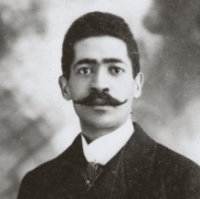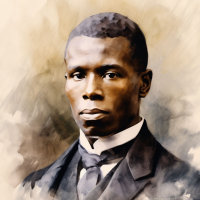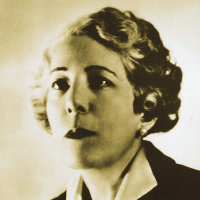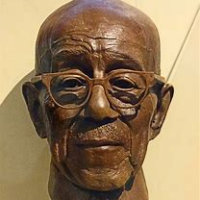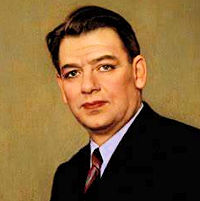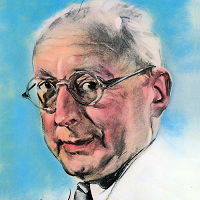| Handout (flat) Handout (folded) Class Script | Return to Index |
Q AND A
When and why did the "Great White Way" turn completely white?
As we have heard, there were numerous all-Black Broadway shows from the beginning of the century through the 1920s. Most of these, however, still followed the Minstrel tradition of black stereotypes. Eubie Blake's Shuffle Along (1921) and Gershwin's Porgy and Bess (1935) were exceptions, and Jerome Kern's Showboat (1927) included two Black characters and a major racial element in the plot. However, the Depression made it hard to fund such shows, and Broadway became virtually all-White for the next three decades.
When did Black performers begin to reappear in Broadway musicals?
I have found three online articles on the Black presence on Broadway: here for a general overview;
here for a photo portfolio, and
here for detailed coverage of the Civil Rights Era. I recommend all three. Two dates popped out. One was 1964, when Golden Boy, Clifford Odets' 1937 play about a boxer, was turned into a musical starring Sammy Davis Jr; you can find clips from it here (audio) and here (video). The other was in 1967, when the entire all-White cast of Hello Dolly was replaced by an all-Black cast highlighting Pearl Bailey; the show ran for another two years; you can get a sample here.
VIDEO LINKS
All the clips in the first hour are available on YouTube at the links below, although some are audio only, without the words or scores that I added for playing in class. I also threw in a link to a program on Shuffle Along by the Harlem Opera Theatre that attempts to recreate the spirit of the original production, after a substantial introduction.
For Show Boat, however, we have a different situation. The San Francisco production we saw is represented only by a trailer—but that is substantial, at almost 8 minutes. There is one complete production on YouTube, from the Paper Mill Playhouse in New Jersey in 1989; it is split into several parts—the link is to a playlist—and though it is in mediocre video, every effort was taken to make this as authentic as possible. Otherwise, I include links to trailers and excerpts from other revivals and the two feature films (1935 and 1951) that you may find of interest. *Asterisks indicate clips not played in class. rb.
| CLIPS IN THE FIRST HOUR | |||
| Cook: Clorindy |
* Overture
(the composer on a piano roll) * Darktown's out tonight (Dick Hyman and others; audio only) |
||
| Cook: In Dahomey |
* On Emancipation Day
(William Brown, audio) * Brown Skin Baby Mine (Austin Rivers, live) |
||
| Blake: Shuffle Along |
* Documentary
(partly shown in class) * Love will find a way (Rachel Simone Webb and Phillip Attmore, live ) * Medley at 2016 Tonys * Harlem Opera Theater (centenary reconstruction, with intro) |
||
| Kern: Show Boat (original) |
* Ol' Man River
(Paul Robeson, 1936 film) * In Dahomey (Ambrosian Chorus) |
||
| OTHER SHOWBOAT CLIPS | |||
| 1936 film |
* Ol' Man River
(Paul Robeson) * Can't help lovin' dat man |
||
| 1951 film |
* Trailer * Make believe (Howard Keet & Kathryn Grayson) * Ol' Man River (William Warfield) | ||
| Paper Mill Playhouse, 1989 | * Complete, in 9 parts | ||
| Broadway, 1994 (Harold Prince) |
* Trailers * Can't help lovin' dat man * Dance excerpt at Tony Awards |
||
| San Francisco Opera, 2014 | * Substantial trailer (production watched in class) | ||
















